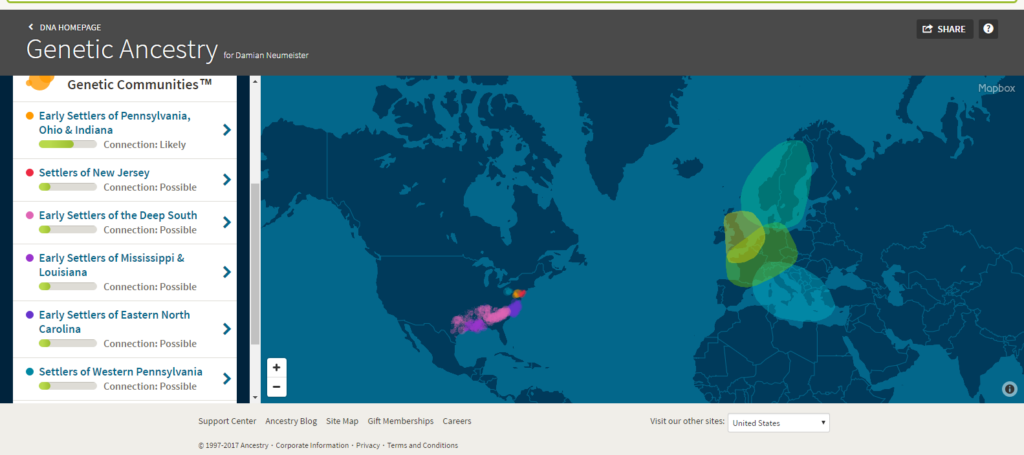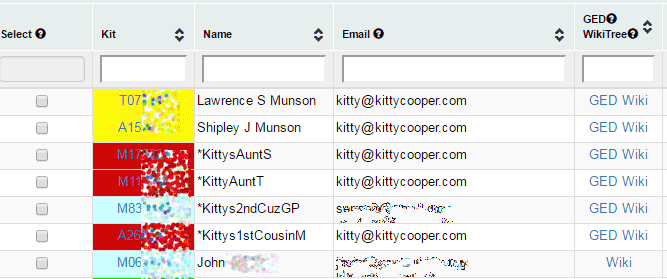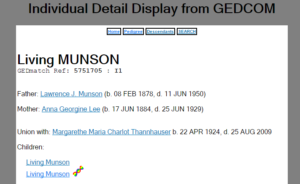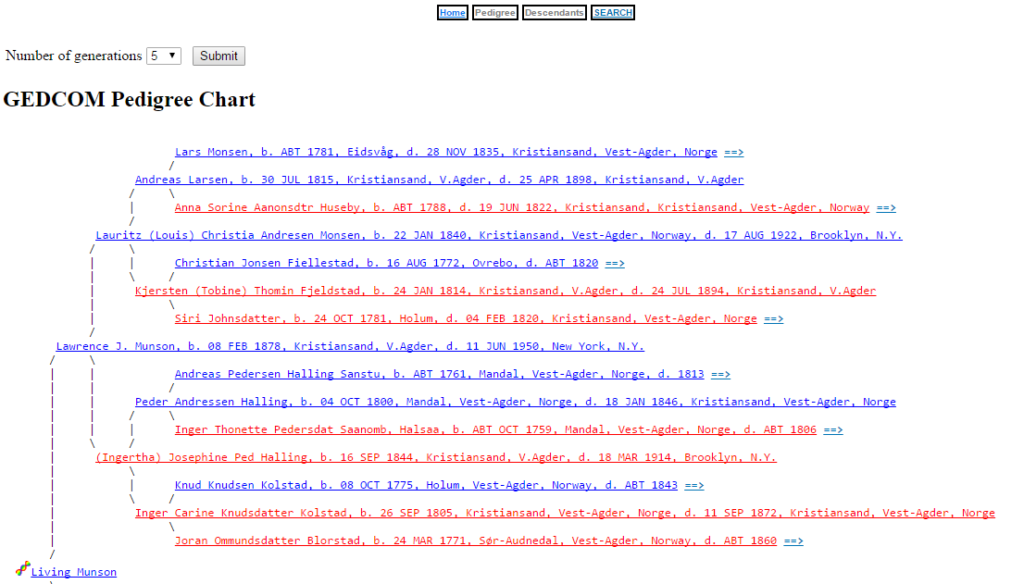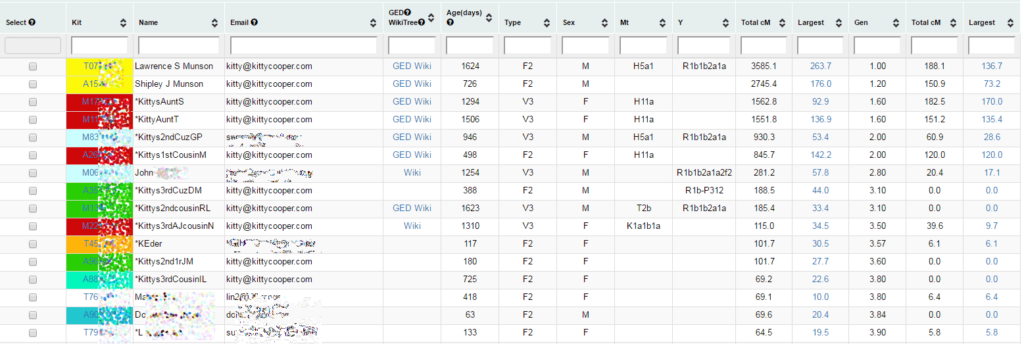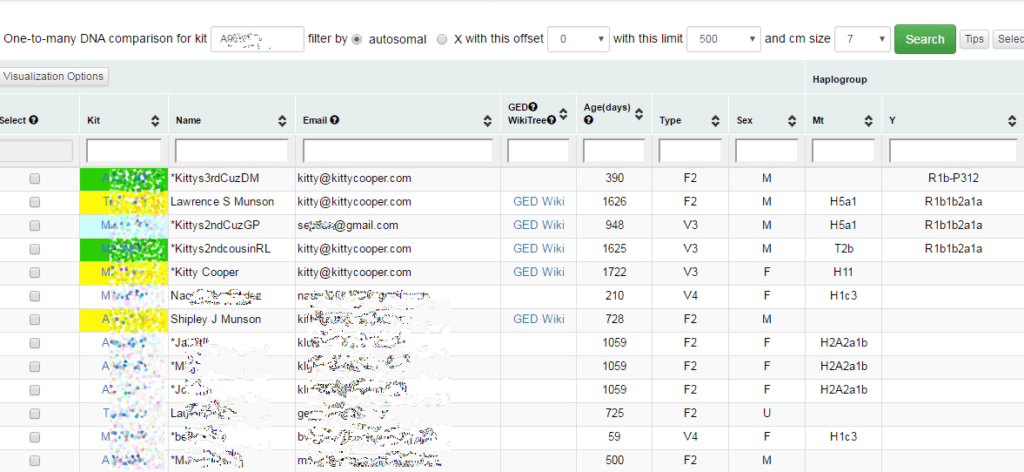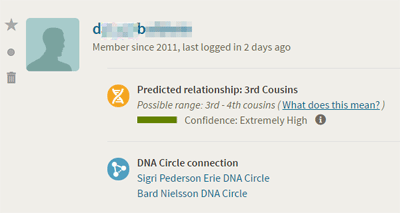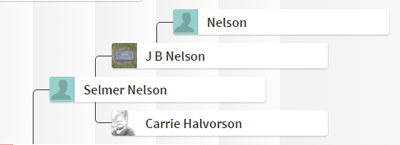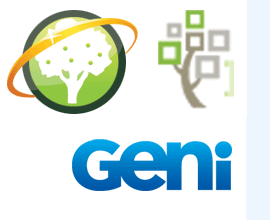Ancestry.com‘s genetic communities are a good way to understand your family’s journey for the last few hundred years. Unlike the ancestry composition percentages, these communities are more recent and include a write up of the history of each group starting in 1700.
Many of my favorite bloggers posted about this yesterday. If you want to understand something about the science which combines the use of trees plus good sized matching segments, I recommend Leah Larkin’s analysis of Ancestry.com‘s white paper here – http://thednageek.com/the-science-behind-genetic-communities-at-ancestrydna/
Since I frequently work with adoptees, I am really hoping this helps with that analysis. I am finding that people with deep American roots have far more communities than those of us with recent immigrant ancestors. The adoptee I am currently working with has six communities! Shown above.
He knows his mother’s father and that is the Deep South community. I suspect that the New Jersey and. Pennsylvania groups are from his Dad, based on other matches at Family Tree DNA. I will report back if this new feature helps for his case.
 The reason this may be helpful with adoptees is the ability to separate matches into the different communities. Clicking on a specific community name gets you to a page with a map for that group and its history stories. There is an icon called Connection at the top left of the page (my red arrow in the image example to the left). Clicking it takes you to a page with information about your connections.
The reason this may be helpful with adoptees is the ability to separate matches into the different communities. Clicking on a specific community name gets you to a page with a map for that group and its history stories. There is an icon called Connection at the top left of the page (my red arrow in the image example to the left). Clicking it takes you to a page with information about your connections.
